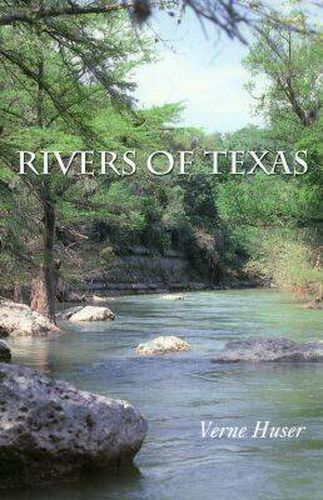Readings Newsletter
Become a Readings Member to make your shopping experience even easier.
Sign in or sign up for free!
You’re not far away from qualifying for FREE standard shipping within Australia
You’ve qualified for FREE standard shipping within Australia
The cart is loading…






On their remarkable journey across the North American continent, Meriwether Lewis and William Clark’s Corps of Discovery traveled almost ten thousand miles, about nine thousand of them on rivers - the Ohio, Mississippi, Missouri, Jefferson, Beaverhead, Clearwater, Snake, Columbia, and Yellowstone - or their associated forks, creeks, and tributaries. With an expert’s eye, Verne Huser tells us what it was like to mount and carry out such an expedition. From the construction of the boats in 1803 to the negotiation of the last miles home three years later, the explorers were tied inextricably to the river systems that carried them west into uncharted territory and back again. From the Ohio River to the Columbia, they rowed, paddled, pulled, poled, sailed, and portaged their way into history - mapping, collecting, and recording a country’s first glimpse of its Western wealth. Huser has canoed, rafted, or cruised much of the expedition’s route. He brings to the famous story his knowledge of the ways of wind and water, giving readers a rare, first-hand look at the benefits and hazards of river travel as they might have been experienced by the thirty-three explorers - some boatmen, som
$9.00 standard shipping within Australia
FREE standard shipping within Australia for orders over $100.00
Express & International shipping calculated at checkout
On their remarkable journey across the North American continent, Meriwether Lewis and William Clark’s Corps of Discovery traveled almost ten thousand miles, about nine thousand of them on rivers - the Ohio, Mississippi, Missouri, Jefferson, Beaverhead, Clearwater, Snake, Columbia, and Yellowstone - or their associated forks, creeks, and tributaries. With an expert’s eye, Verne Huser tells us what it was like to mount and carry out such an expedition. From the construction of the boats in 1803 to the negotiation of the last miles home three years later, the explorers were tied inextricably to the river systems that carried them west into uncharted territory and back again. From the Ohio River to the Columbia, they rowed, paddled, pulled, poled, sailed, and portaged their way into history - mapping, collecting, and recording a country’s first glimpse of its Western wealth. Huser has canoed, rafted, or cruised much of the expedition’s route. He brings to the famous story his knowledge of the ways of wind and water, giving readers a rare, first-hand look at the benefits and hazards of river travel as they might have been experienced by the thirty-three explorers - some boatmen, som